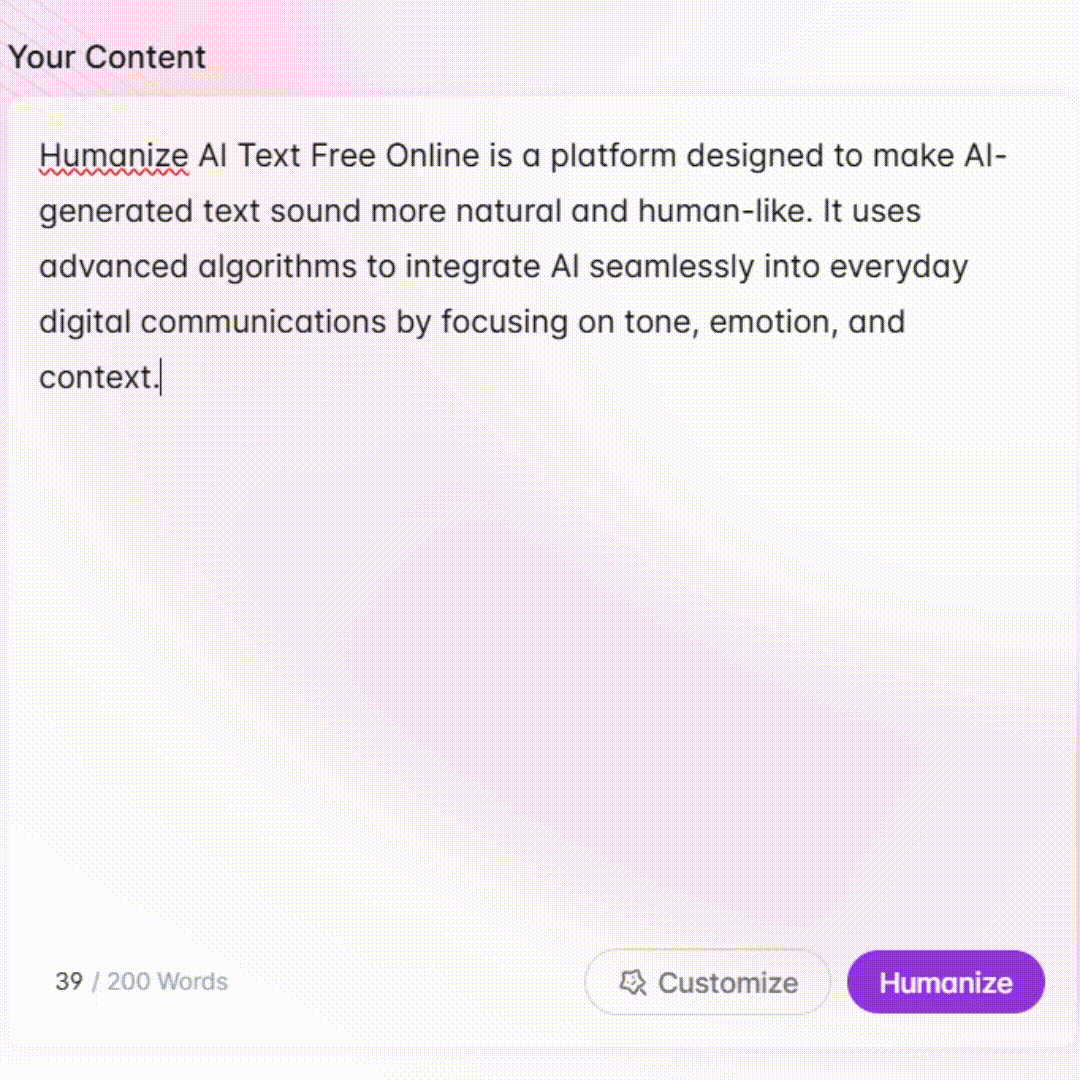
RCA Supporter - AI-Powered RCA Tool

こんにちは、何かお手伝いしましょうか?
Uncover root causes with AI precision.
Explain the steps involved in creating a flowchart for an incident analysis.
How do you conduct a 'why-why' analysis for identifying root causes?
Describe the process of making a causal relationship diagram in RCA.
What are the key points to consider when developing countermeasures for root causes?
Get Embed Code
Introduction to RCA Supporter
RCA Supporter is a specialized AI tool designed to assist with Root Cause Analysis (RCA) in various industries, particularly in healthcare and safety-critical sectors. Its primary purpose is to facilitate the systematic investigation of incidents or near-misses to identify their underlying causes, rather than just addressing the superficial symptoms. By leveraging a combination of data analysis, expert knowledge, and AI algorithms, RCA Supporter aids in creating incident flow diagrams, conducting 'Why-Why' analysis, and developing causal relationship diagrams. For example, in a healthcare setting, if there was a medication error, RCA Supporter would guide users through collecting relevant data, analyzing the incident to determine why it happened, and suggesting preventive measures to avoid future occurrences. Powered by ChatGPT-4o。

Main Functions of RCA Supporter
Creation of Incident Flow Diagrams
Example
In a manufacturing plant, after a machinery breakdown, RCA Supporter would assist in mapping out the sequence of events leading to the failure, helping identify potential areas for intervention.
Scenario
The tool visually organizes incidents in a chronological order to highlight how one event led to another, facilitating easier identification of intervention points.
Conducting 'Why-Why' Analysis
Example
In a hospital setting, following a patient fall incident, RCA Supporter would prompt users to repeatedly ask 'Why' to drill down to the root cause, such as a slippery floor or inadequate staffing.
Scenario
This method helps to peel back layers of symptoms to reveal the underlying causes, promoting a deeper understanding of the issues at hand.
Development of Causal Relationship Diagrams
Example
For an IT service provider experiencing frequent system outages, RCA Supporter could help in constructing a diagram that links various contributing factors, like outdated software or hardware failures, to the outages.
Scenario
By visually representing cause-and-effect relationships, it aids in comprehensively understanding the problem's complexity and interconnectedness.
Identification of Root Causes
Example
In an airline's investigation of delayed flights, RCA Supporter would analyze factors such as scheduling practices, technical issues, or external conditions to pinpoint primary contributors to delays.
Scenario
Identifying the root causes is crucial for developing effective strategies to mitigate or eliminate the problem.
Formulation of Corrective Actions
Example
After identifying inadequate emergency training as a root cause for slow response times in a fire incident at a hotel, RCA Supporter would suggest specific training programs to improve staff readiness.
Scenario
This function supports the development of actionable steps to prevent recurrence of the incident.
Ideal Users of RCA Supporter Services
Healthcare Professionals
Doctors, nurses, and hospital administrators can use RCA Supporter to analyze patient safety incidents, improving care quality and preventing future errors.
Safety Officers and Engineers
Individuals responsible for safety in industries such as manufacturing, construction, and aviation benefit from using RCA Supporter to investigate accidents and develop safer processes.
Quality Assurance Teams
Teams tasked with maintaining and improving product or service quality can utilize RCA Supporter to identify systemic flaws and enhance operational efficiency.
IT and Cybersecurity Analysts
Professionals in IT and cybersecurity can leverage RCA Supporter to dissect security incidents or system failures, ensuring robustness and reliability of technology infrastructure.

How to Use RCA Supporter
1
Visit yeschat.ai for a free trial without login, also no need for ChatGPT Plus.
2
Select the 'RCA Supporter' tool from the available options to start your root cause analysis process.
3
Input the details of the incident or issue you are analyzing into the system. Be as specific and detailed as possible to ensure accuracy.
4
Follow the guided steps provided by RCA Supporter, including creating an event flow chart and conducting why-why analysis.
5
Review the generated root cause analysis report, including identified root causes and recommended corrective actions.
Try other advanced and practical GPTs
意大利语翻译专家
Translating with AI-powered precision and nuance.

Automotive Icons Archive
Explore automotive history with AI-powered insights.

Backpacking Buddy
Your AI-Powered Trail Guide

Learn any Language
Empower your language learning with AI

Dialectical Chatroom
Empowering insights through AI dialectics

SEO Assistant
Empowering Your SEO with AI

GPT HIT
Empowering Creativity and Efficiency with AI

ComicBookGPT
Your AI-Powered Comic Book Encyclopedia

Comments Analyzer
Unlock insights from YouTube comments with AI.

Connor Consultant
Empowering Decisions with AI Insight

Home Value Advisor
Empowering Your Property Decisions with AI

风水大师看户型图
Optimize Your Space with AI-Powered Feng Shui Insights

RCA Supporter FAQs
What is RCA Supporter?
RCA Supporter is an AI-powered tool designed to facilitate root cause analysis by guiding users through a structured analysis process to identify the underlying causes of incidents.
Who can benefit from using RCA Supporter?
Professionals across various industries, including healthcare, engineering, IT, and manufacturing, can benefit from using RCA Supporter to analyze incidents and improve processes.
How does RCA Supporter enhance the analysis process?
By leveraging AI, RCA Supporter provides a systematic approach to dissect incidents, offering step-by-step guidance, generating event flow charts, and assisting in why-why analysis to uncover root causes.
Can RCA Supporter handle complex analyses?
Yes, RCA Supporter is designed to manage complex analyses across different scenarios by breaking down incidents into manageable parts and providing in-depth insights.
Is any prior knowledge required to use RCA Supporter?
No prior knowledge is required. RCA Supporter is user-friendly and provides all necessary guidance throughout the analysis process.






